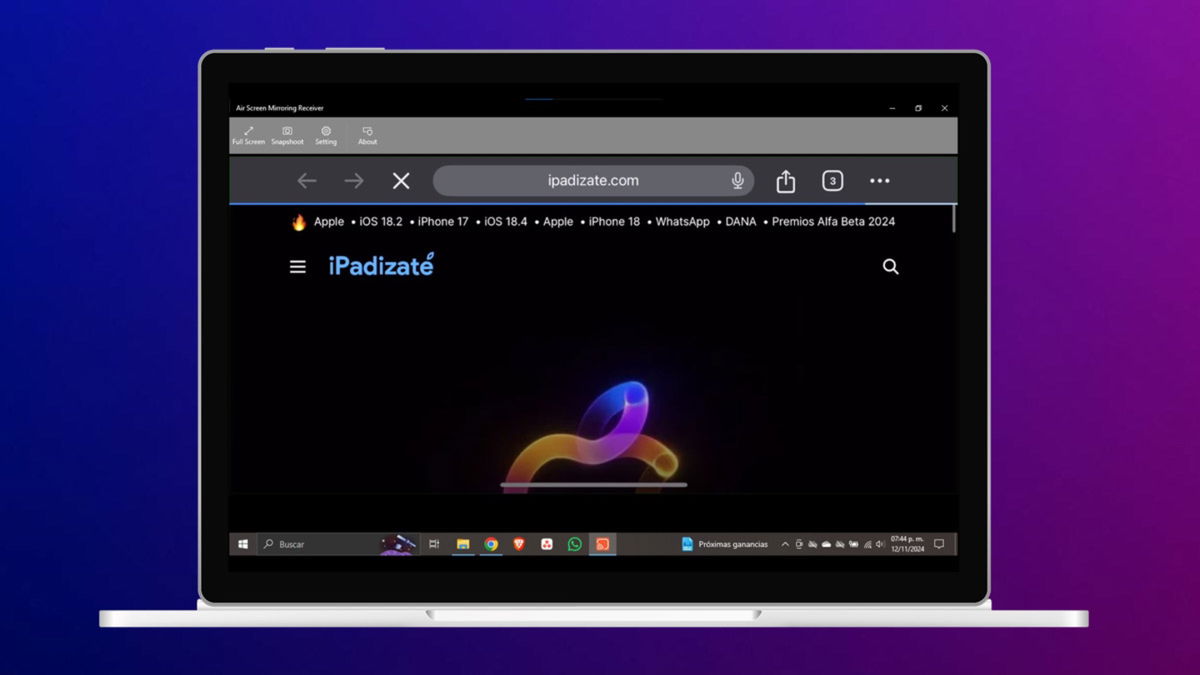Although Google’s classic suite brings plenty of good software for everyday use, I admit that Keep wasn’t up to par for me years ago. Since then, I’ve been wandering from application to application looking for the perfect free app for taking notes For me: I used some as famous as Evernote or OneNote, Notion or something more task management like Todoist, but in the end either they had too steep a learning curve, or I had to go through checkout to be satisfied.
Finally I didn’t need to leave the Google ecosystem to find an alternative much more complete than Keep. In fact, it has the artificial intelligence of Gemini and that feels good, because even though the AI still has a lot of room for improvement, for these note-taking, summarizing, transcribing and other tasks, it is a good help.
NotebookLM is the perfect Google notebook
Once the introduction is made, the mystery is lifted: it is NotebookLM and it is something like Google’s Notion or Microsoft’s OneNote but adapted to today’s times. In other words, with artificial intelligence. Simply log in with a Gmail account to discover this space by simply entering https://notebooklm.google.com/, so I don’t need neither install applications, nor create new accounts, nor worry about compatibility


Everything is saved in my notebook on my main Google account at a single site that centralizes everything. However, inside you can add multiple notebooks (yes, each supports up to 50 sources), in my case one for each project. Of course, with other Google accounts you can create other completely independent spaces. I only use it for work: jotting down ideas, saving interesting articles or references as links or X publications, among other formats.
But let’s start at the beginning. When you first open NotebookLM, the first thing it asks you is to add information from different sources and formats: Google Drive documents I’m working on, YouTube videos, PDFs, any web links, copied and pasted plain text, manuscripts, and even MP3 audio files. In short: my work ideas and current projects, practically wherever they come from, have their place.


I mentioned above that with other note apps I suffered from the learning curve, but the same doesn’t happen to me with NotebookLM: Its interface is as basic as a simple bulletin boardsomething I enjoy as I tend to be quite chaotic and prefer to have everything compiled and at my fingertips. So on one side are the pinned notes and on the other is a list of sources.
However, it also has a chat interface where you can find them all quickly by just providing some information. Concerning the flows, everything is intuitive and feels familiar
Even at minimum levels, this laptop’s AI is differential
Give yourself a good helping hand, although there is still plenty of room for improvement and growth. Let me explain: you can use the app as a simple notepad to collect information and use it the old fashioned way (that’s what I usually do except for specific things), but you can also use a chatbot to ask questions. Likewise and generally, it is used for study sessions, graph generation, transcriptions, summaries.


I mentioned in the introduction that the application is seasoned with artificial intelligence, specifically with Gemini 1.5 Pro, which offers a pop-up of 1 million tokens, which translates into more processing and understanding capacity. broad and more precise and greater fluidity in responses. If you know a little about the features of Gemini, you will know that this version is paid. The good thing is that You don’t have to pay to use it integrated with Notebook LM and it’s a joy. Additionally, to generate content it is based on what you upload, giving you peace of mind against possible errors and hallucinations.
Even if the compilation of so many references in such varied formats and in an interface as recognizable and adaptable as that of Google has already encouraged me to take the step of trying it, what the editorial director of the Google Lab says in his X account finally convinced me: Sometimes finding new ideas or having a summarized video or audio converted to text is a big help. Who was going to tell me that vitamins an AI Notes app was going to be a really good idea.
Tap to access the X/Twitter post
The room for improvement and expansion comes mainly from the fact that the function of Audio summaries are currently only available in English and I would love to use it in Spanish, the language I usually work with, but also in which I read and listen to podcasts. In English it takes more effort, but I have also used it for some topics.
What does it do exactly? Turn your notes and sources into a podcast of sorts with two fairly natural voices like a dialogue that runs through everything as if two people were discussing the subject. I find this format most interesting for delving into a subject in a fun way, for example to study during your academic period or in my case, to train myself on certain subjects.
Cover | Montage with screenshot, Mockuphone and photo by Chris Appano on Unsplash
In Xataka Android | The best apps for taking notes on Android: in-depth comparison








